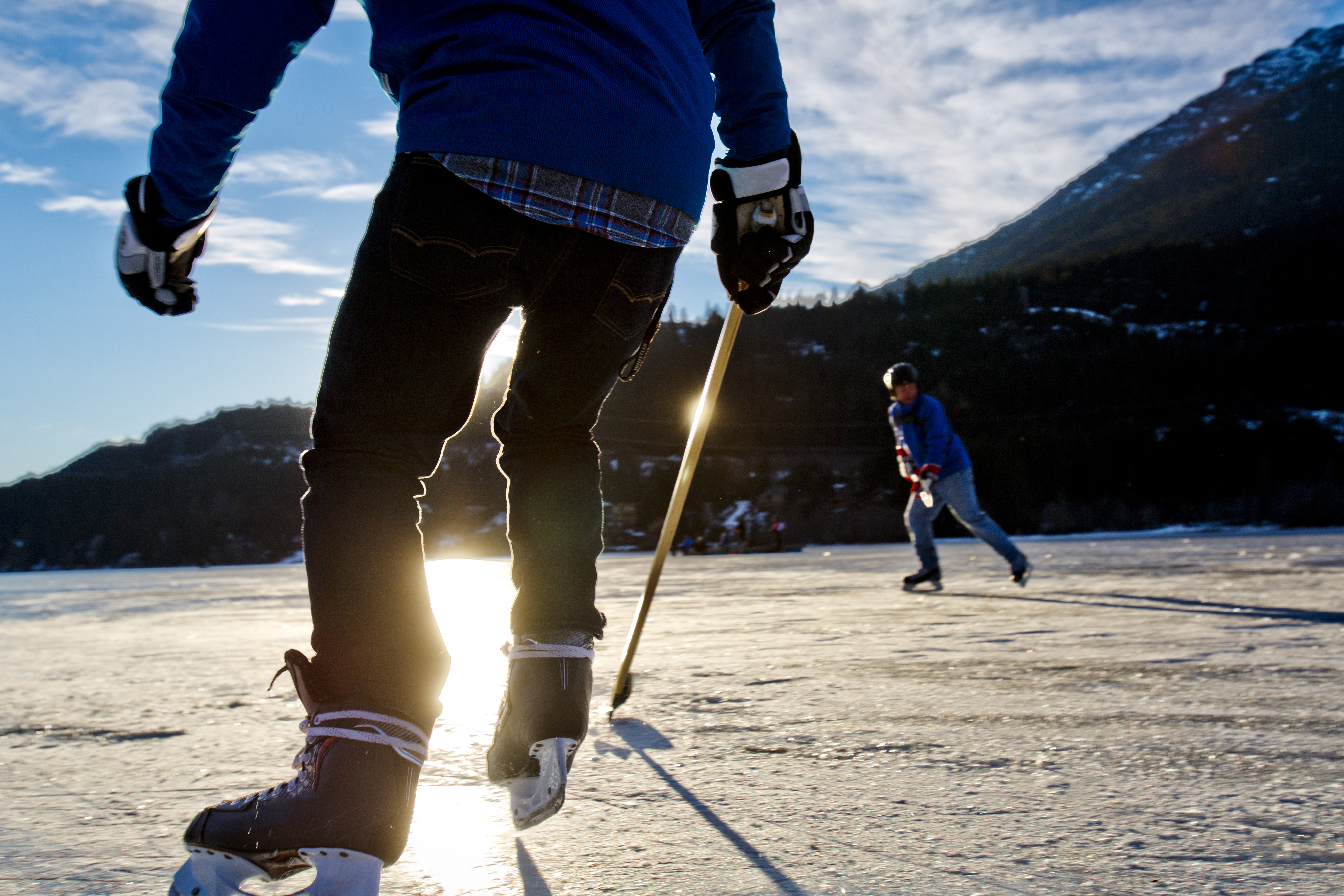When it comes to sports, hockey has been king among Canadians for nearly as long as there’s been a Canada.
It’s unlikely that trend is going to be reversed any time soon, and with Canada’s domination at the Olympic level over the past decade complacency can easily follow.
However, a closer look at the numbers of people actually playing the sport is a cause for concern.
At both the youth and adult level, hockey participation levels are down in recent years. According to the most recent numbers from Statistics Canada, the number of 5 to 14-year-olds participating in hockey has dropped from 12 percent in 1992 to 11 percent. Adult numbers are similar.
While that drop might not appear dramatic, it’s a sharp contrast to the United States, where the percentage of youth getting involved in hockey has increased dramatically.
Since 2009, hockey participation between 6 and 17-year-olds has increased by a whopping 43.7 percent. It ranks as one of the fastest growing sports in the US.
That’s even more surprising considering the fact that American mainstay sports like baseball, football, and basketball all saw their youth participation numbers decline during the same time period.
In 2014, Hockey Canada and Bauer, a hockey equipment manufacturer, conducted research into the reasons behind the declining numbers in Canada. A top factor among the reasons they identified: cost. The problem runs across the board when it comes to sports.
Stats Canada says sports participation is most prevalent among children from high-income families, with 68 percent of youth from those income brackets taking part. The numbers decline among lower-income families, where only 44 percent of children participate in sports.
To try and counter those numbers, Hockey Canada and Bauer launched the First Shift program. The six-week First Shift program is for kids aged 6 to 10 and is designed to introduce them to the game of hockey. The program was launched in 30 locations across Canada, and it offers full equipment and lessons for around $200.
That costs are far less than the typical price tag for equipment and playing time – which can run well into the thousands.
Safety risks and the time commitment involved were also identified as significant barriers to involvement in hockey.
Hockey Canada designed “First Shift” in an attempt to address those issues as well. The sessions are only an hour a week, and they’re trying to make the focus simply on having fun and learning to play.
The decline in hockey participation is part of a larger trend in overall youth sports participation across Canada and North America.
Participation in youth sports across Canada has dipped from 57 per cent in all sports, to 51 per cent, with baseball actually seeing the biggest decline – from 13 per cent to just 5 per cent.


